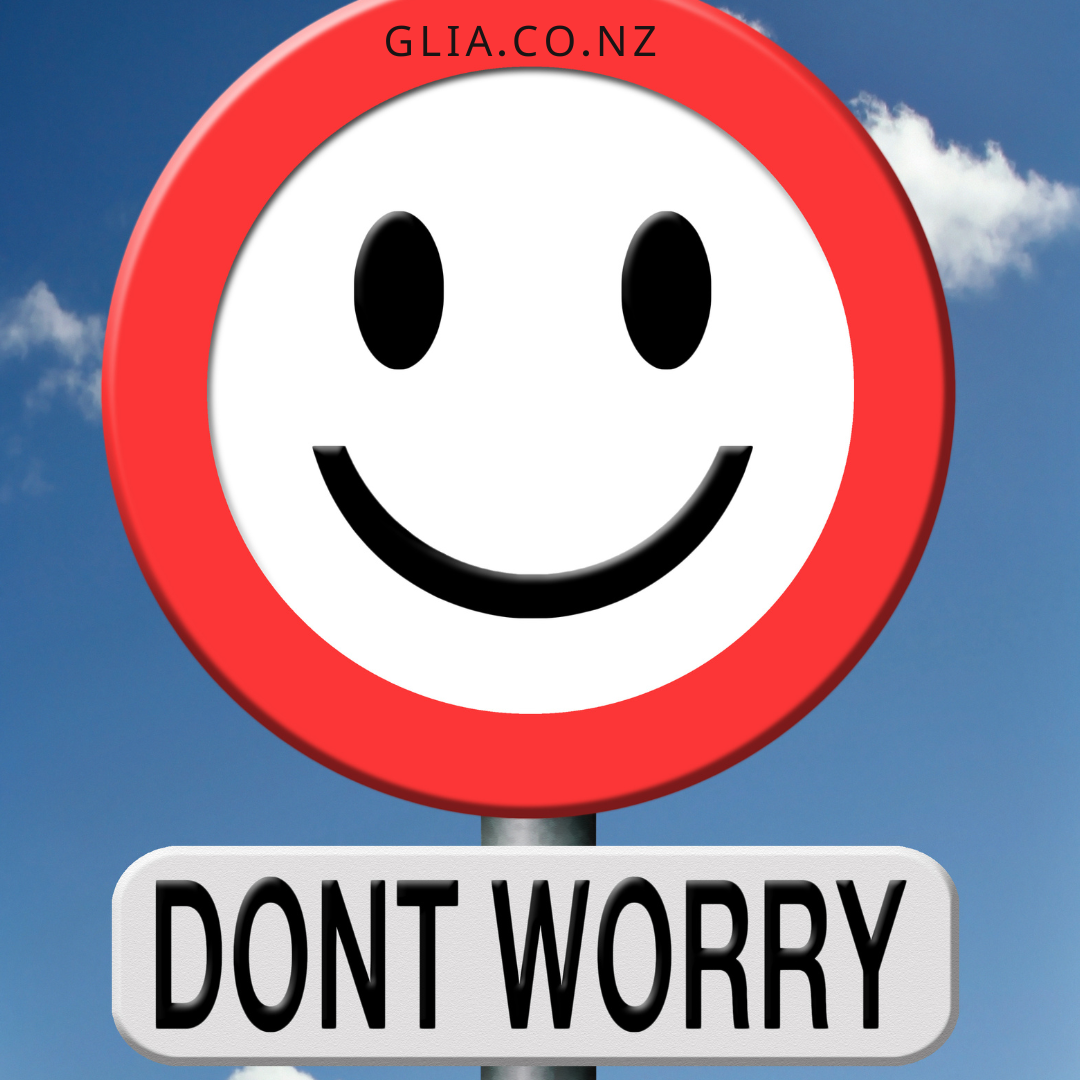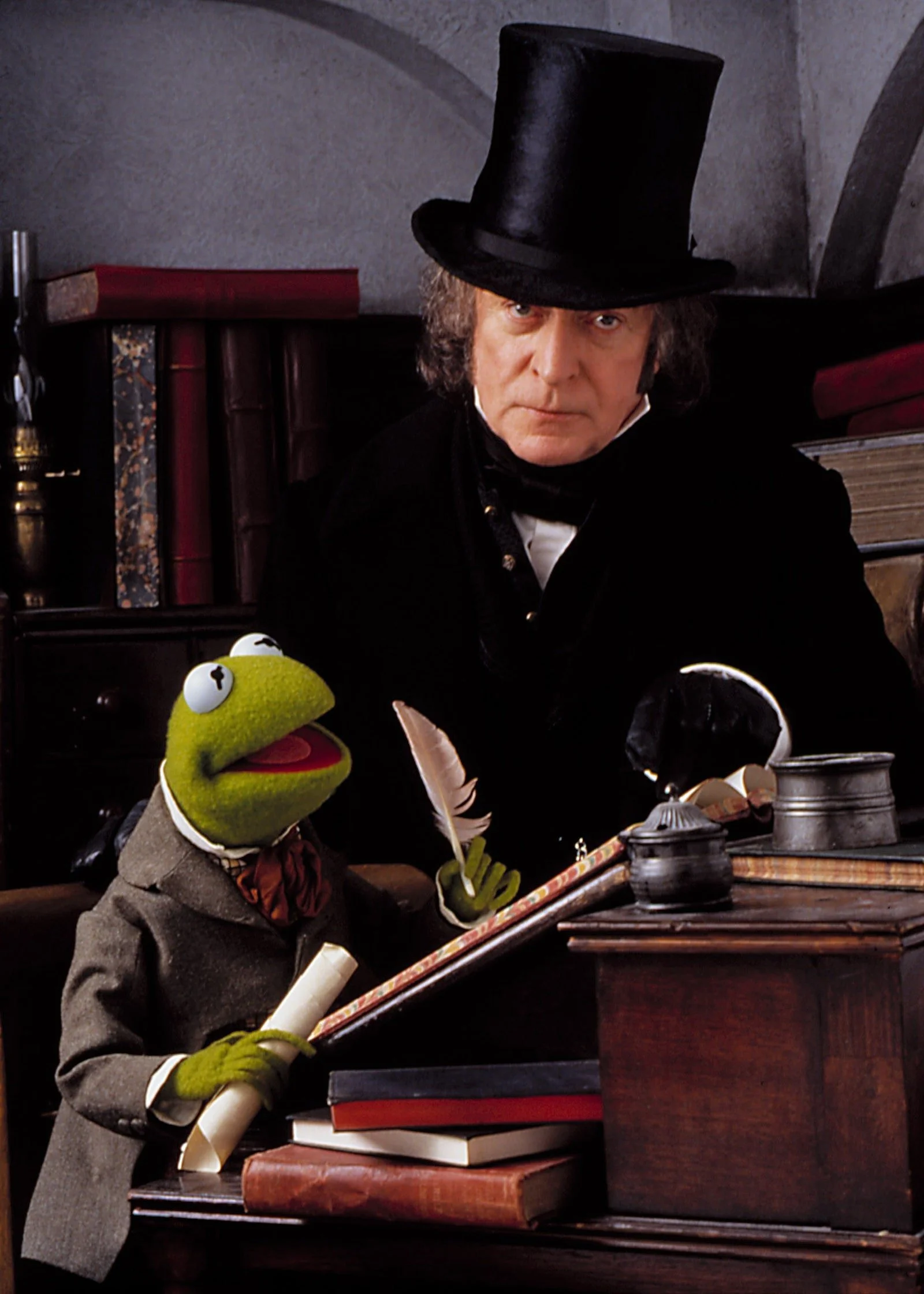Whether it’s a restructure, a new senior hire, cost-cutting measures or a change in direction, organisations know change is a normal part of maintaining a successful business.
And yet organisations mess it up, creating disgruntled employees who fight them every step of the way - even when the new ideas are good and have the potential to help everyone.
Why is organisational change so hard?
And how can leaders do it well?








